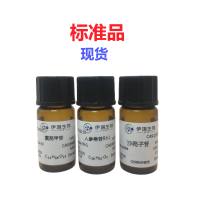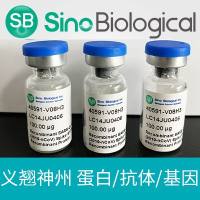Differential Display Using Random Hexamer-Primed cDNA, Motif Primers, and Agarose Gel Electrophoresis
互联网
836
Polypeptide growth factors stimulate cellular proliferation by binding to the extracellular domain of transmembrane receptors and thereby activating intracellular signal transduction pathways. One cellular response to mitogenic stimulation is the sequential transcriptional induction of specific nuclear genes encoding proteins of diverse functions (reviewed in refs. 1 and 2 ). Many of these proteins are likely to be required for DNA replication and cellular division. As an approach to identify novel gene products involved in polypeptide growth factor signaling, we are studying fibroblast growth factor (FGF)-1-inducible gene expression in murine NIH-3T3 cells. FGF-1 is a member of a family of structurally-related mitogens than can promote cellular proliferation, migration and differentiation (reviewed in refs. 3 and 4 ). Its biological effects are mediated by protein tyrosine kinase cell surface receptors present on most cell types. FGF-1 is likely to be involved in the pathogenesis of several human diseases, including atherosclerosis and cancer.









